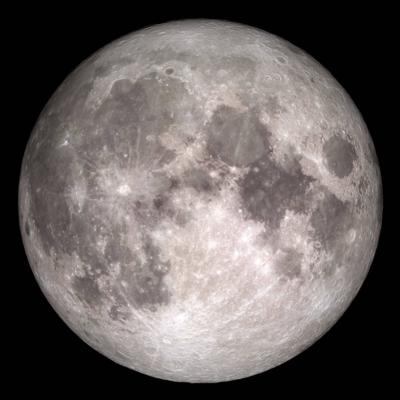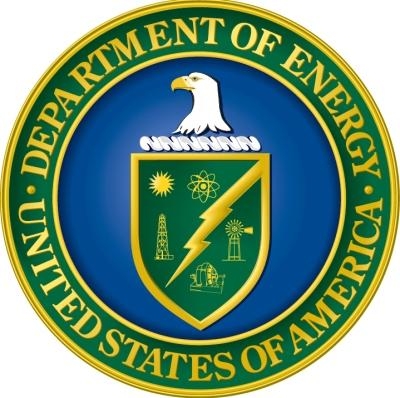Fri, Jun 24, 2022
Splitting for the Moon
NASA and the U.S. Department of Energy (DOE) have selected three design-concept proposals for a fission reactor system that would power human lunar endeavors under the project Artemis umbrella.

The contracts fund the development of initial design concepts for a 40-kilowatt class fission power system that can be transported to the moon by extant or near-future space-vehicles, then operate in the lunar environment for at least ten-years.
Relatively small and lightweight compared to electrical, fossil-fuel, or kinetic power systems, fission reactors are reliable and provide continuous power regardless of their position, surroundings, or ambient environmental conditions.
The successful demonstration of such a system on the Moon would bode well for long-duration, manned missions to the Moon and Mars.
The 12-month development contracts will be awarded to:
- Lockheed Martin of Bethesda, Maryland – The company will partner with BWXT and Creare.
- Westinghouse of Cranberry Township, Pennsylvania – The company will partner with Aerojet Rocketdyne.
-
IX of Houston, Texas, a joint venture of Intuitive Machines and X-Energy – The company will partner with Maxar and Boeing.

"New technology drives our exploration of the Moon, Mars, and beyond," said Jim Reuter, associate administrator for NASA's Space Technology Mission Directorate. "Developing these early designs will help us lay the groundwork for powering our long-term human presence on other worlds."
The data resultant of the developmental contracts will be applied to the design and production of both a fully flight-certified fission reactor and future nuclear propulsion systems that could help expand humanity’s purview beyond the solar-system.
The Artemis program, for which the lunar fission reactor is being developed, was undertaken in December 2017 for purpose of revitalizing the U.S. space program, NASA's stated short-term goal for the program is landing the first woman and first person of color on the Moon.
More News
Aero Linx: Model Aeronautical Association of Australia MAAA clubs are about fun flying, camaraderie and community. For over 75 years, the MAAA has been Australia’s largest fl>[...]
Touchdown Zone Lighting Two rows of transverse light bars located symmetrically about the runway centerline normally at 100 foot intervals. The basic system extends 3,000 feet alon>[...]
“Discovery and innovation are central to our mission at Virgin Galactic. We’re excited to build on our successful record of facilitating scientific experiments in subor>[...]
How To Get A Story On Aero-TV News/Feature Programming How do I submit a story idea or lead to Aero-TV? If you would like to submit a story idea or lead, please contact Jim Campbel>[...]
Student Pilot Reported That During Rotation, “All Of A Sudden The Back Of The Plane Kicked To The Right..." Analysis: The student pilot reported that during rotation, “>[...]
 ANN's Daily Aero-Linx (05.02.24)
ANN's Daily Aero-Linx (05.02.24) ANN's Daily Aero-Term (05.02.24): Touchdown Zone Lighting
ANN's Daily Aero-Term (05.02.24): Touchdown Zone Lighting Aero-News: Quote of the Day (05.02.24)
Aero-News: Quote of the Day (05.02.24) ANN FAQ: Contributing To Aero-TV
ANN FAQ: Contributing To Aero-TV NTSB Final Report: Cirrus Design Corp SR20
NTSB Final Report: Cirrus Design Corp SR20




